"Unsaid"
Andrew Gatti. 2020
A series of photographic images paired with written sounds (phonetics), which aims to visually represent the dislocated joint that exists between language and media; An indirect correspondence between symbols and sounds, and sounds and ideas.
This series of work, made over three years from 2017-2019, engages in a reimagining of written pronunciations, as sounds, disassociated from their true meaning by representing them photographically, engendering new relationships for the ideas represented by the original word.
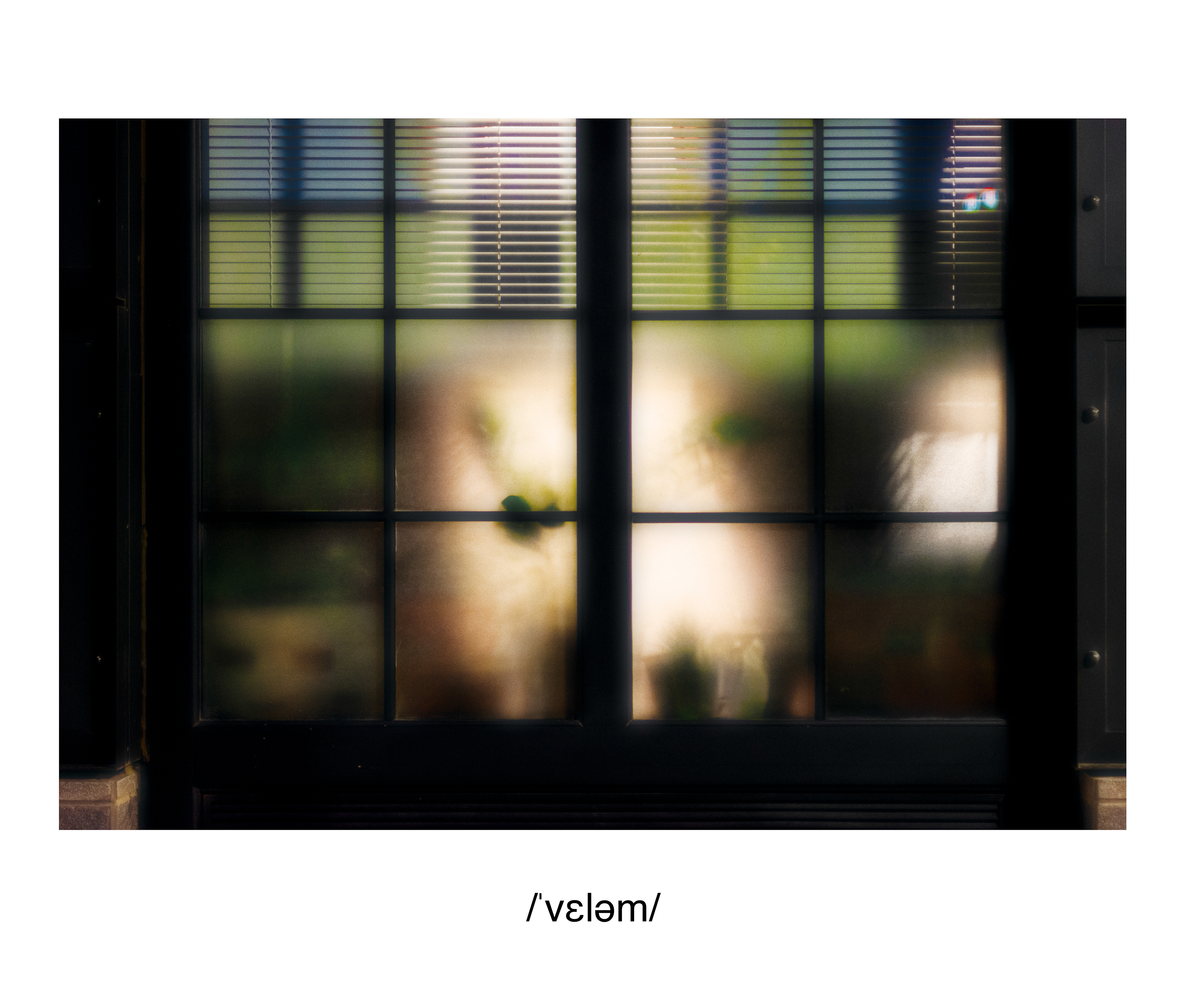
Velum, Brooklyn, New York 2019 Archival D-Prints, printed 2020, Edition of 5
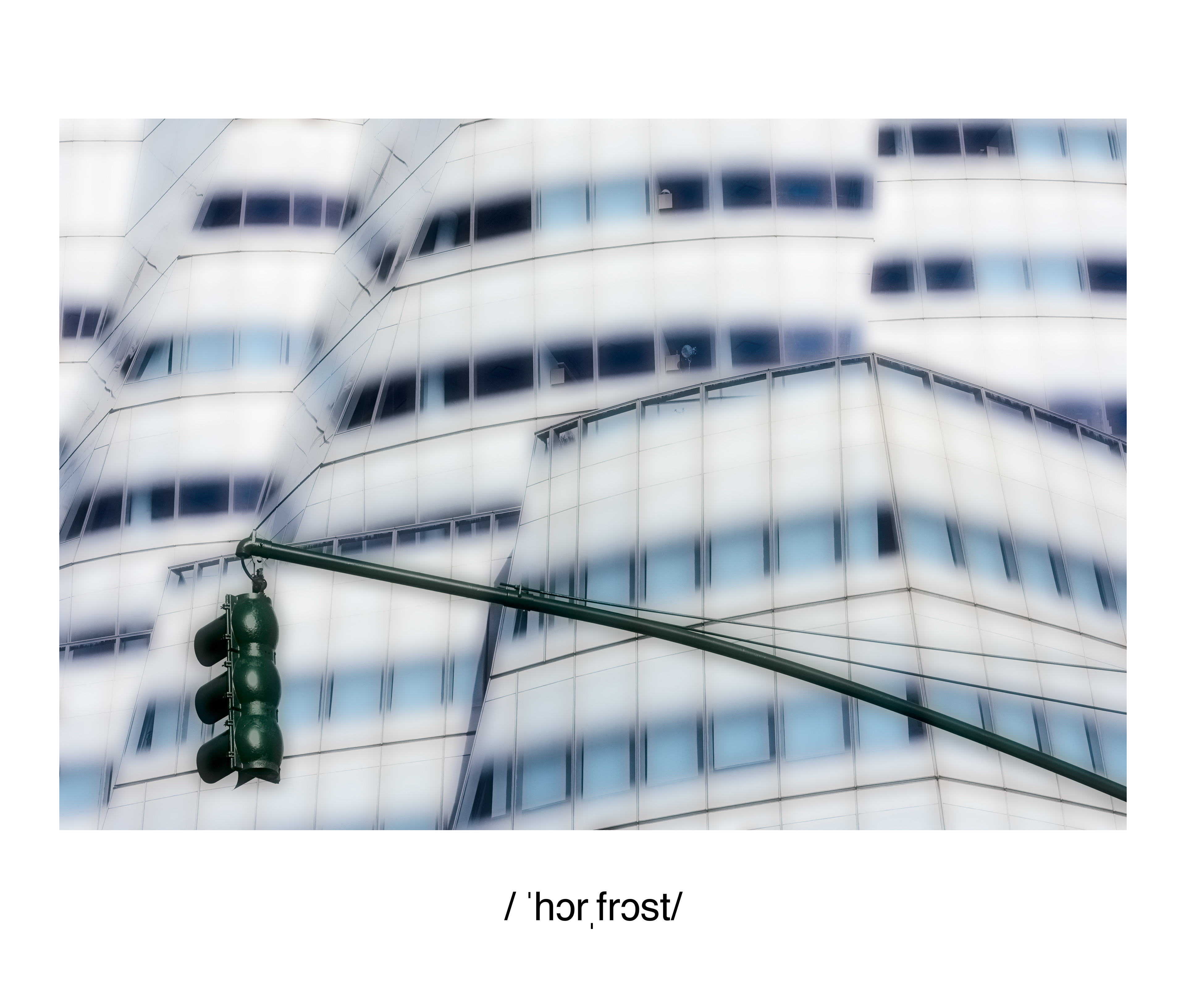
Hoarfrost, New York, New York 2017 Archival D-Prints, printed 2020, Edition of 5
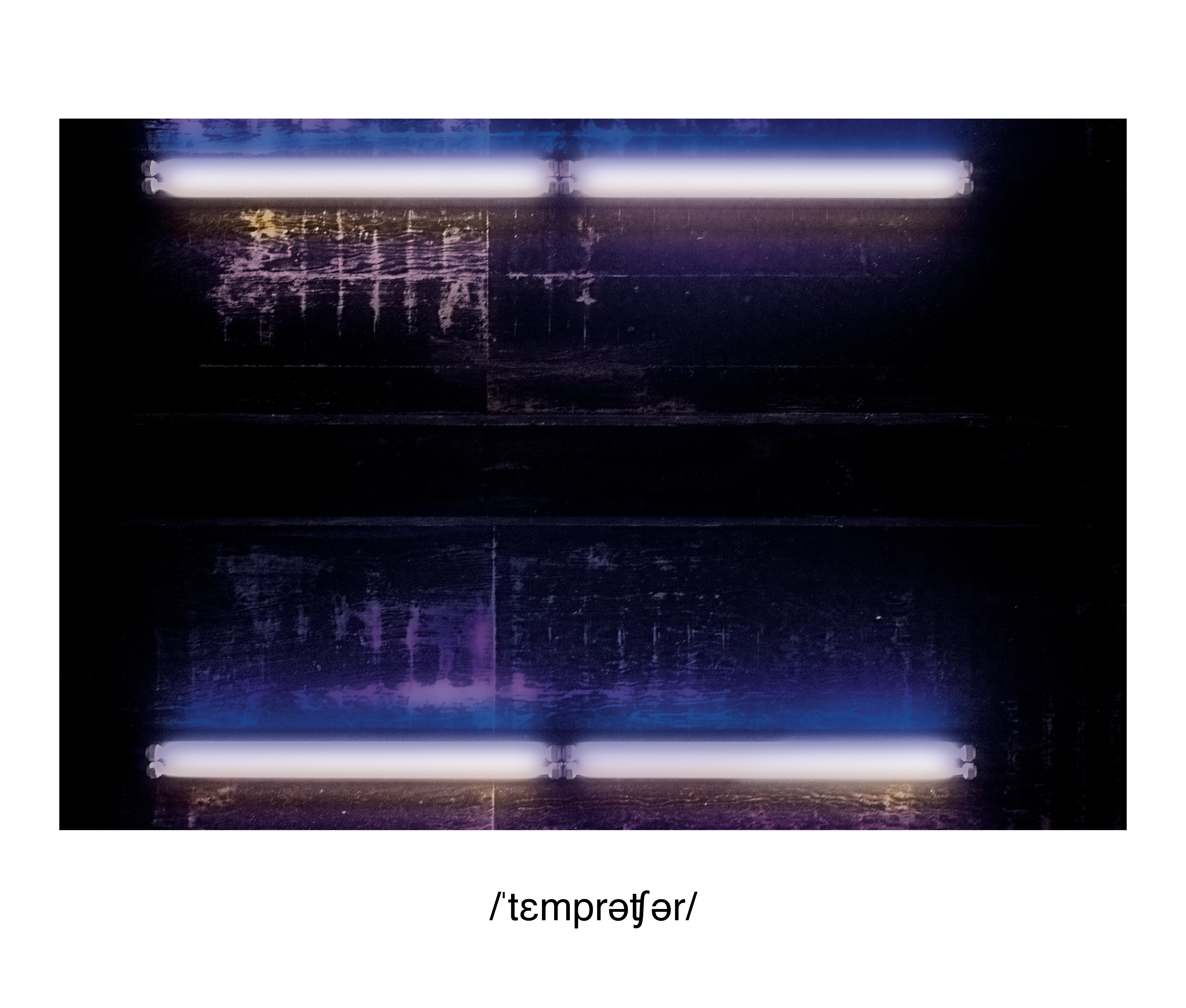
Temperature, New York, New York 2018 Archival D-Prints, printed 2020, Edition of 5
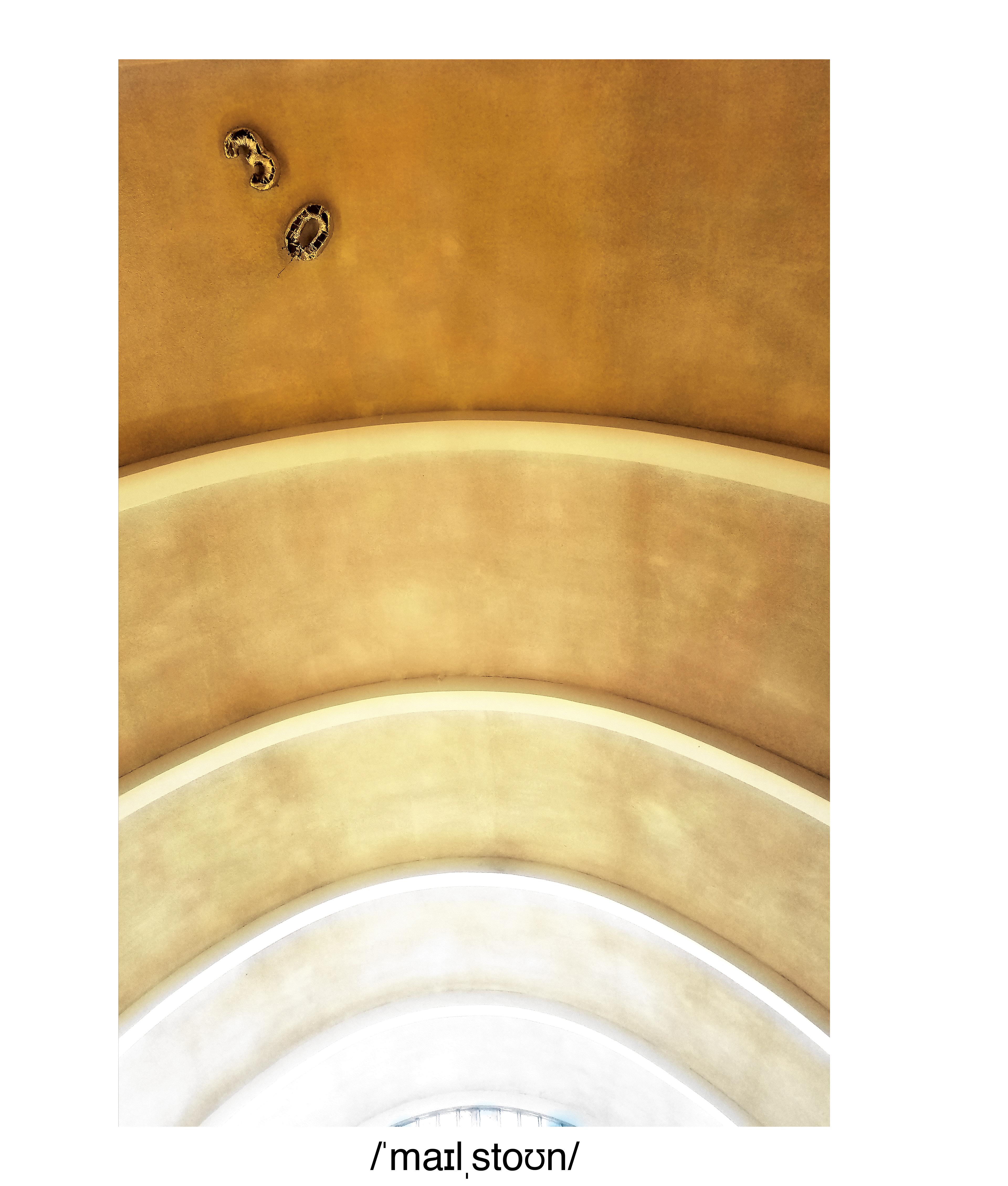
Milestone, New Orleans, Louisiana 2018 Archival D-Prints, printed 2020, Edition of 5
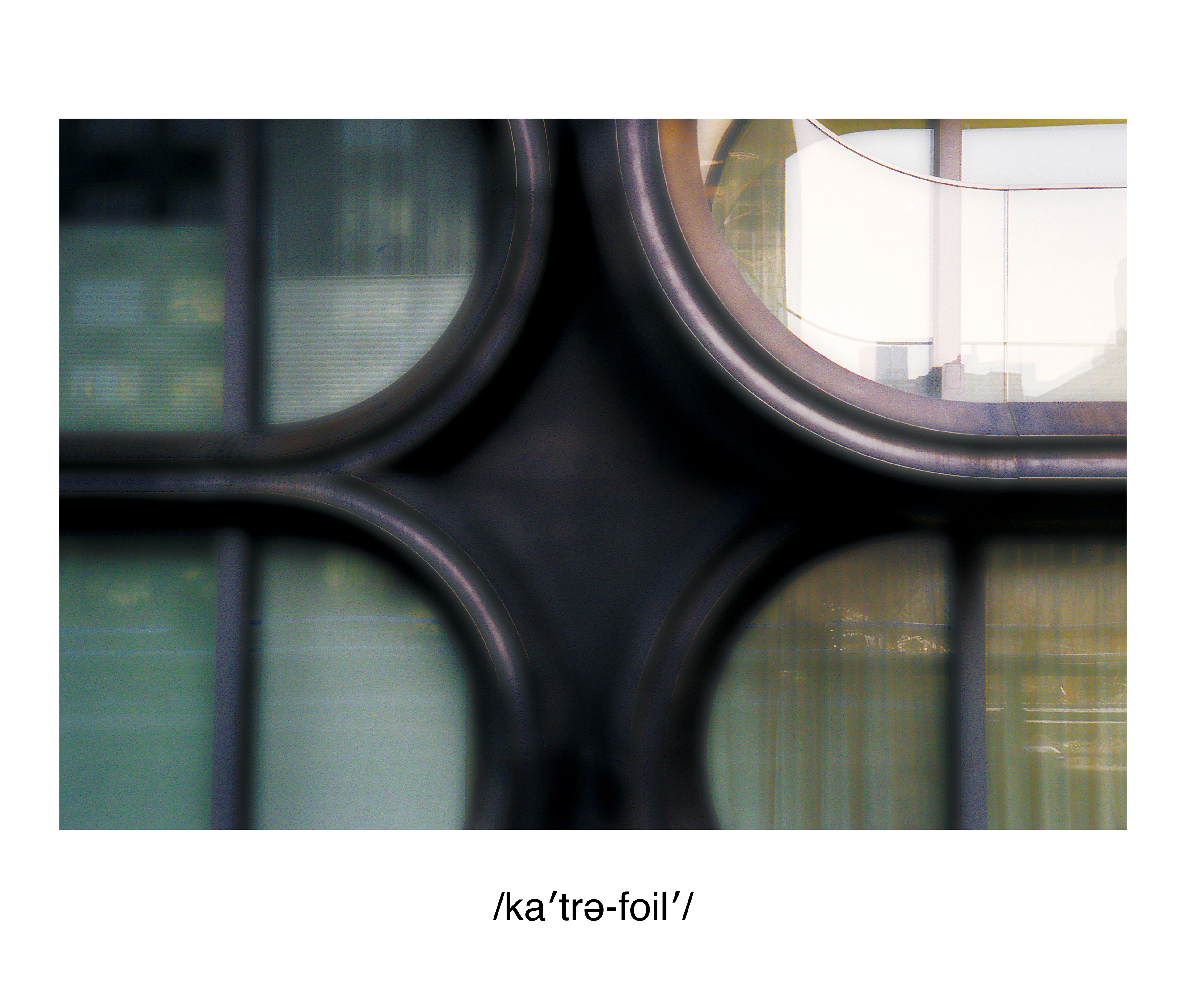
Quatrefoil, New York, New York 2018 Archival D-Prints, printed 2020, Edition of 5
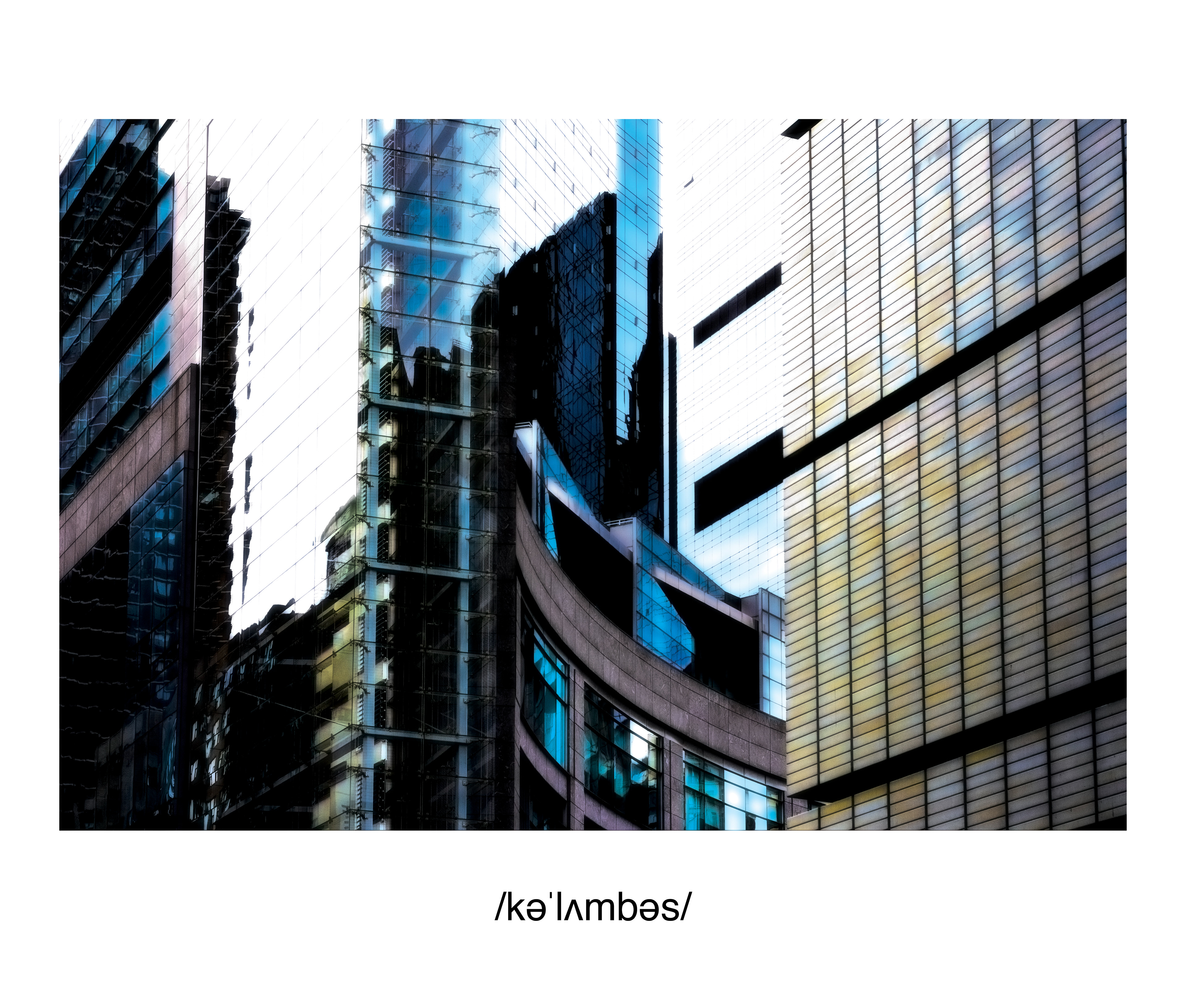
Columbus, New York, New York 2019 Archival D-Prints, printed 2020, Edition of 5

Tesseract, New York, New York 2017 Archival D-Prints, printed 2020, Edition of 5
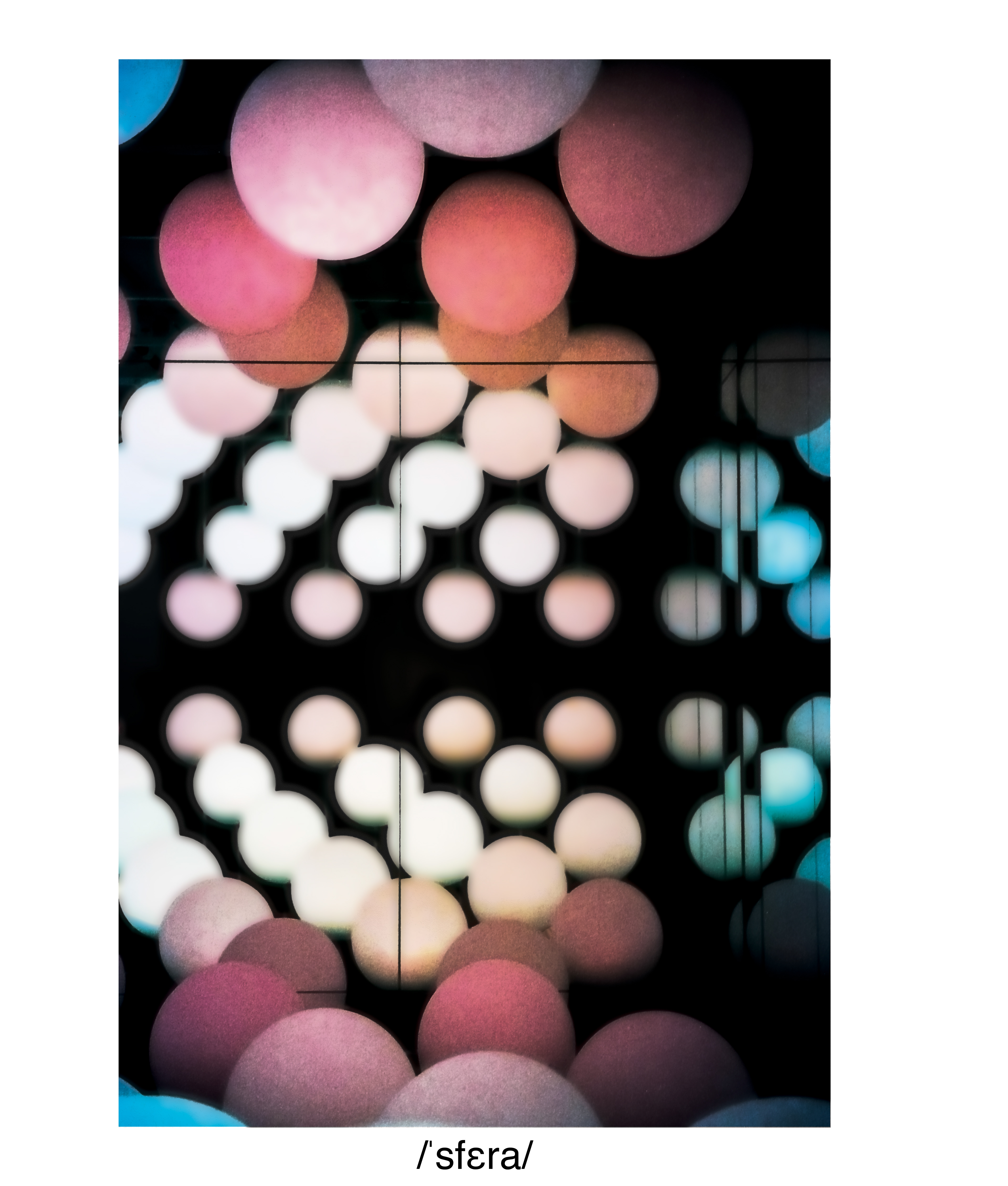
Sfera, New York, New York 2017 Archival D-Prints, printed 2020, Edition of 5
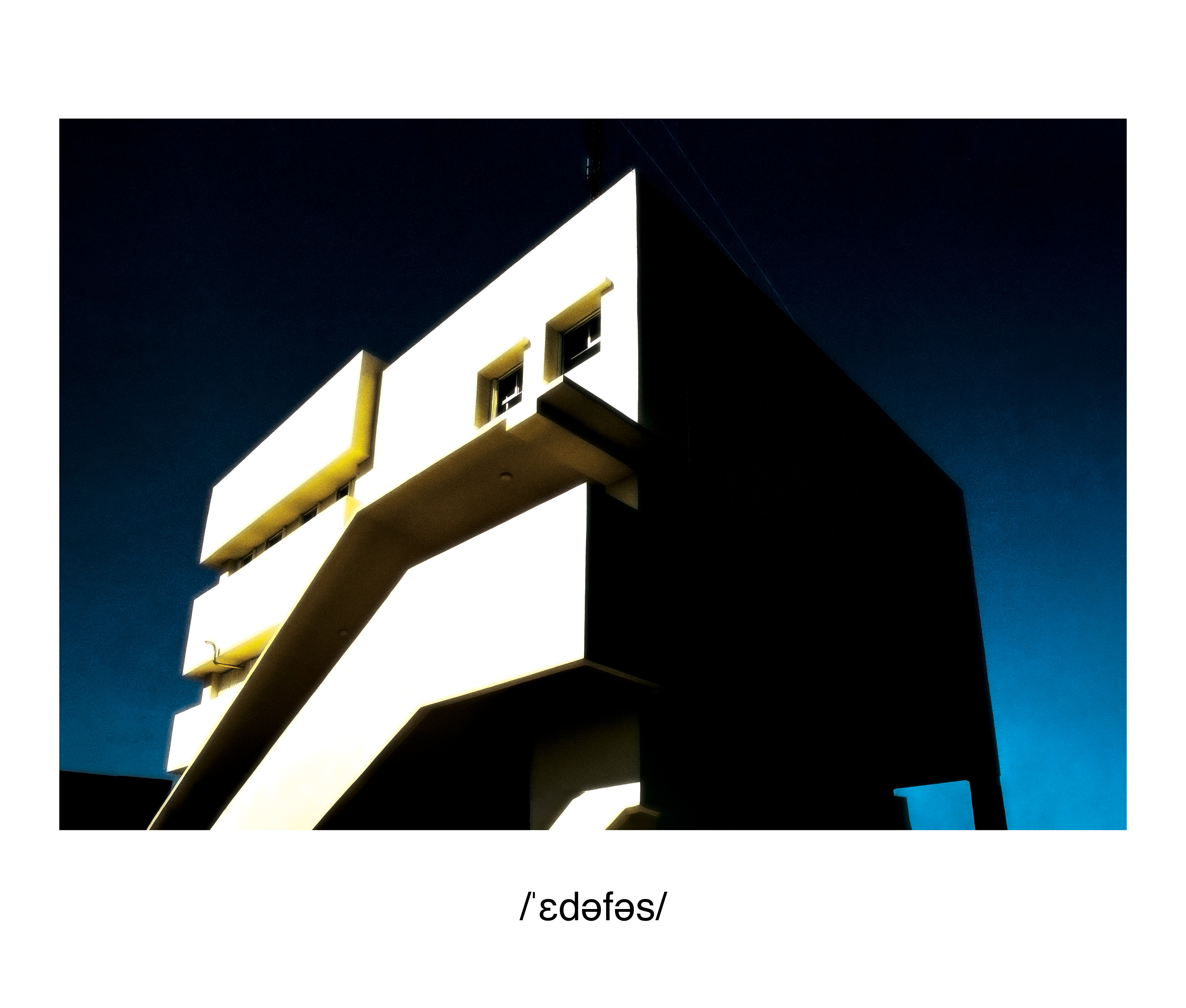
Ediface, Cozumel, Mexico 2018 Archival D-Prints, printed 2020, Edition of 5
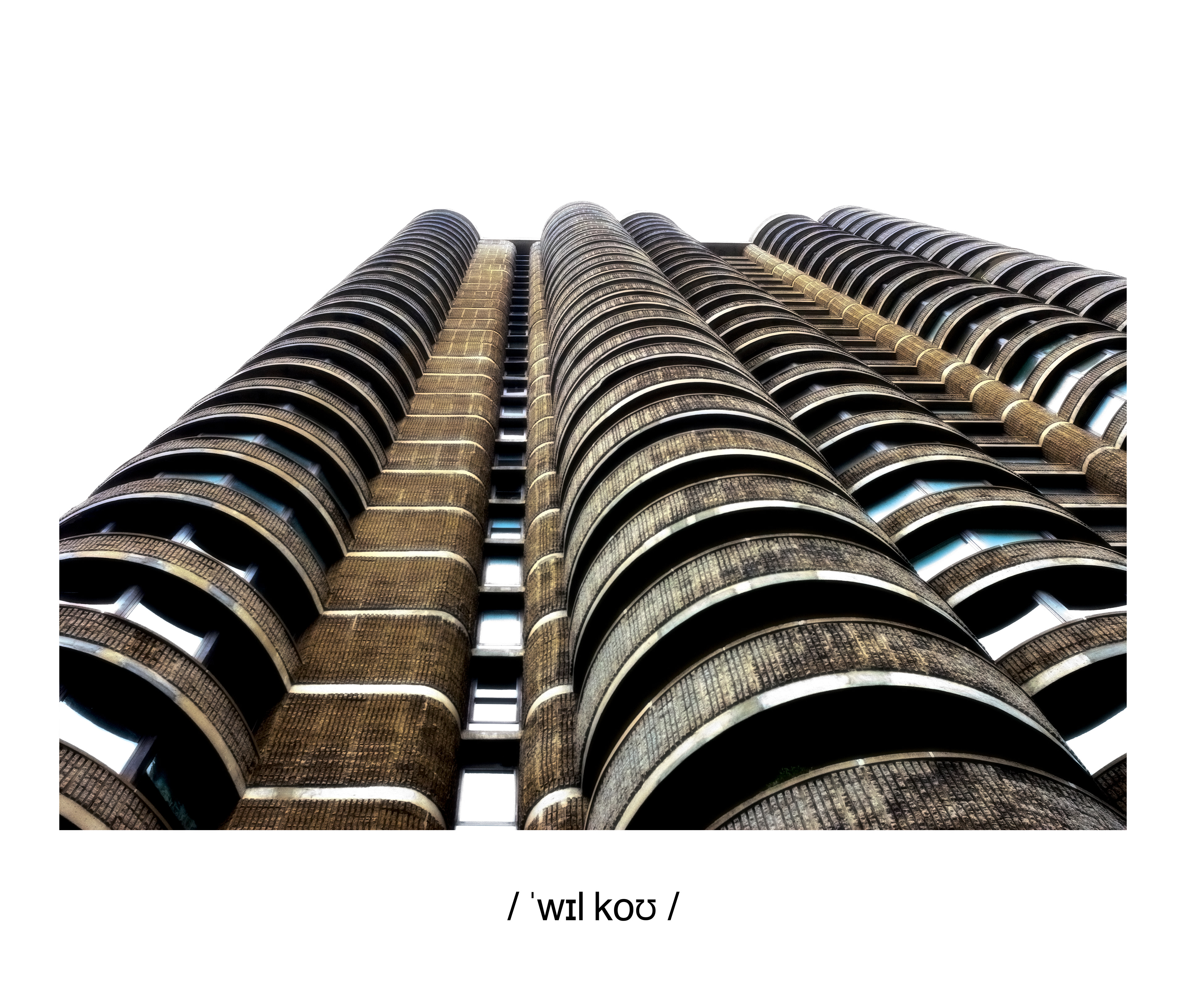
Wilco, New York, New York 2017 Archival D-Prints, printed 2020, Edition of 5
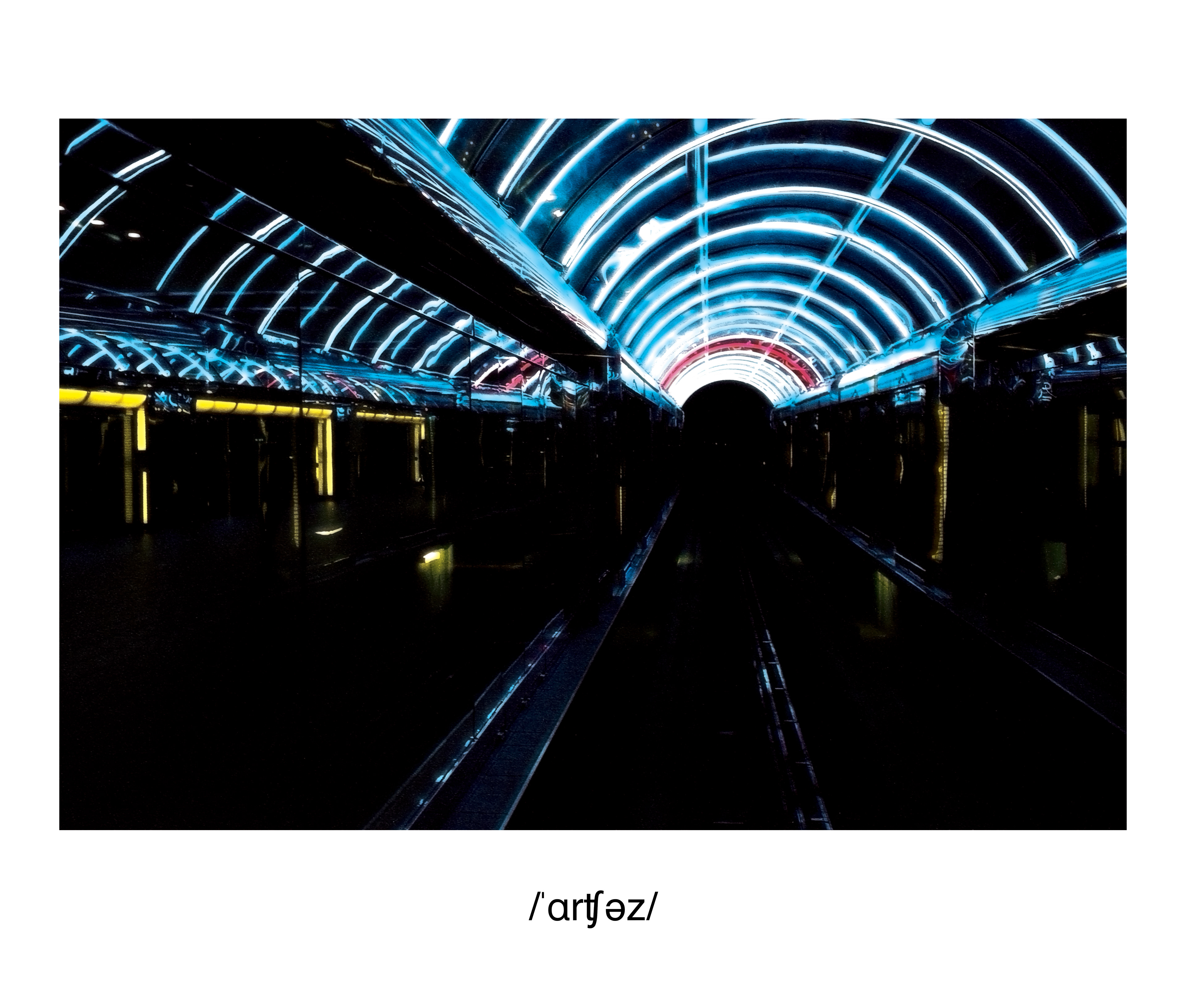
Arches, Orlando, Florida 2018 Archival D-Prints, printed 2020, Edition of 5
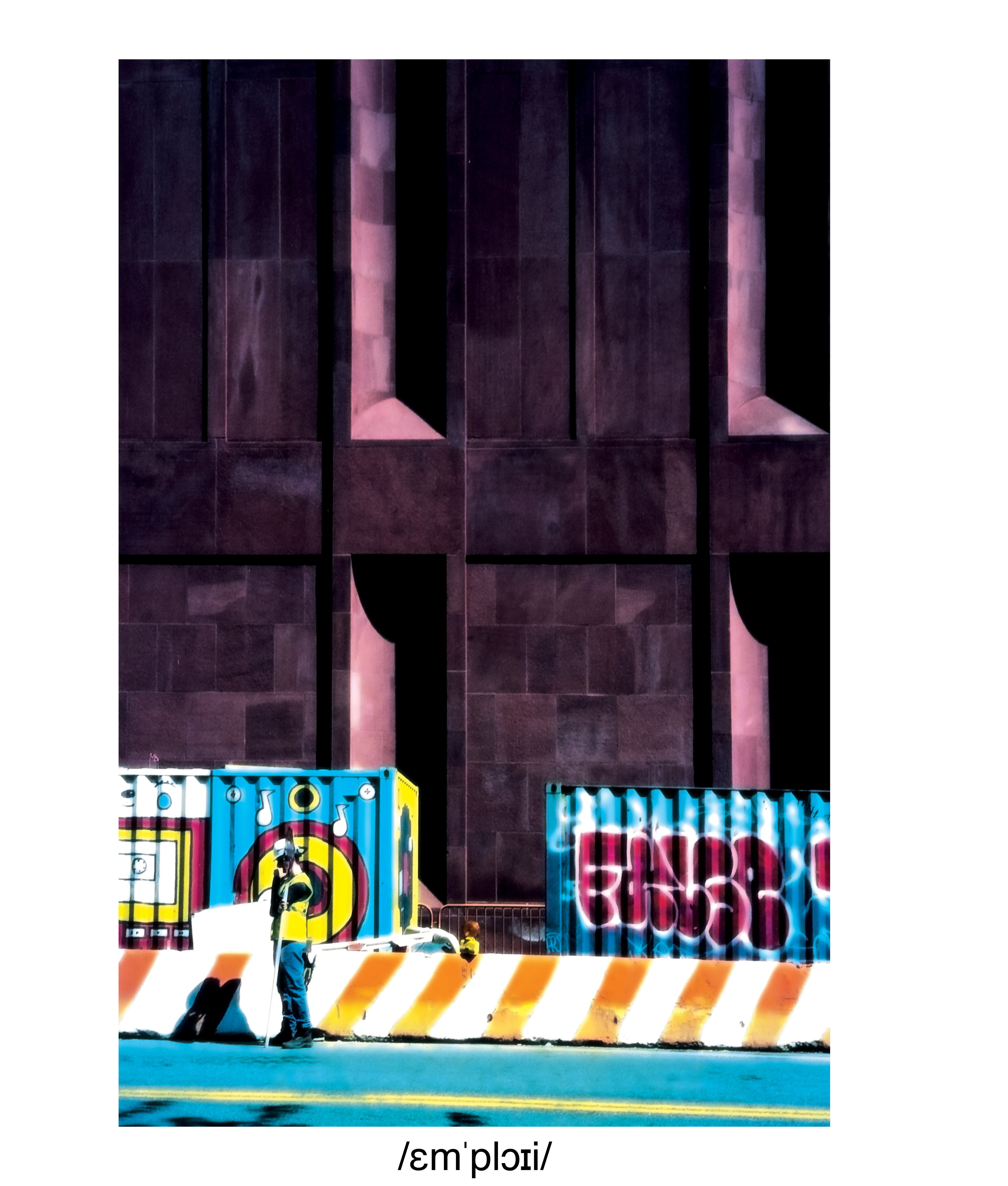
Employee, New York, New York 2019 Archival D-Prints, printed 2020, Edition of 5
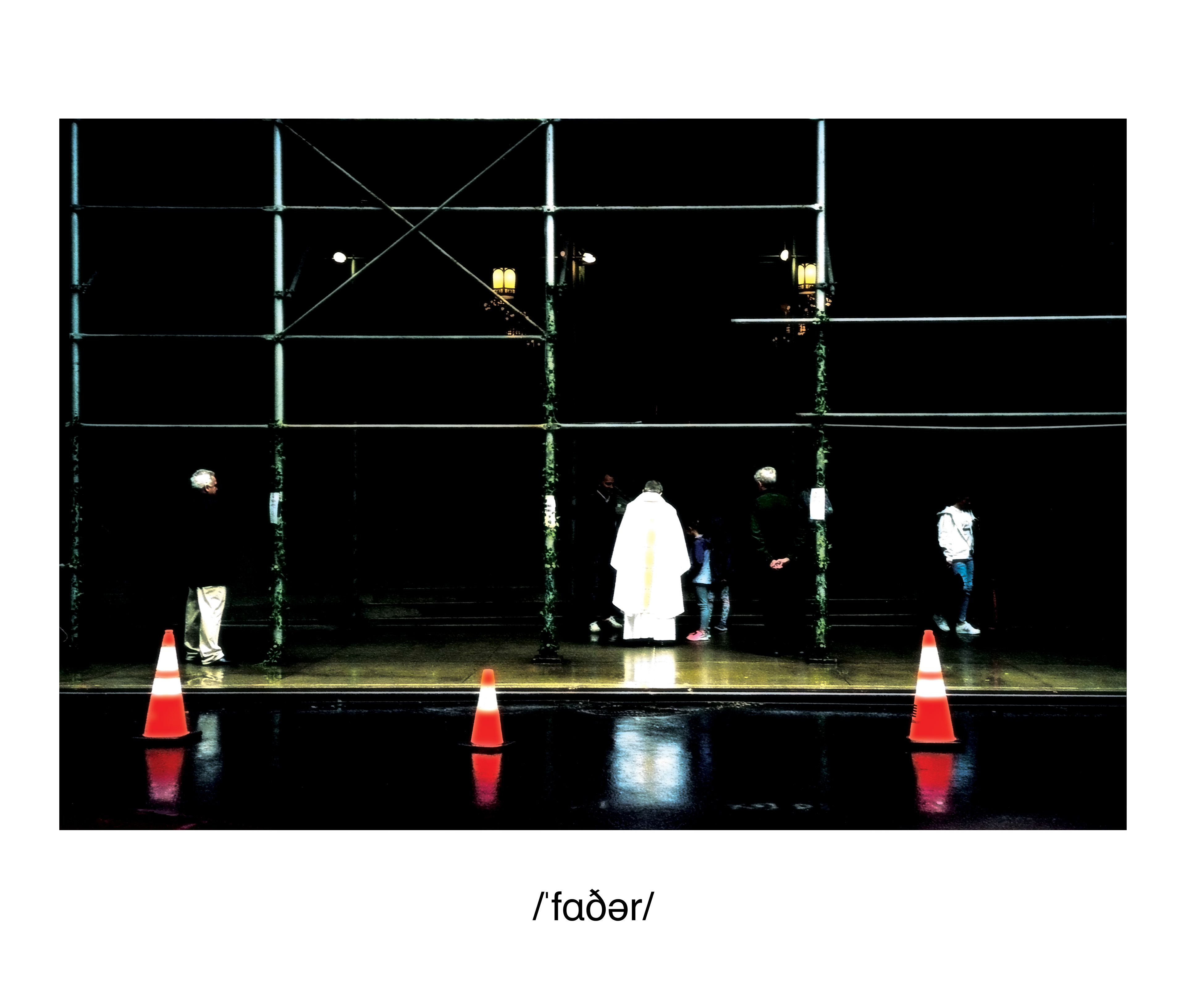
Father, New York, New York 2019 Archival D-Prints, printed 2020, Edition of 5
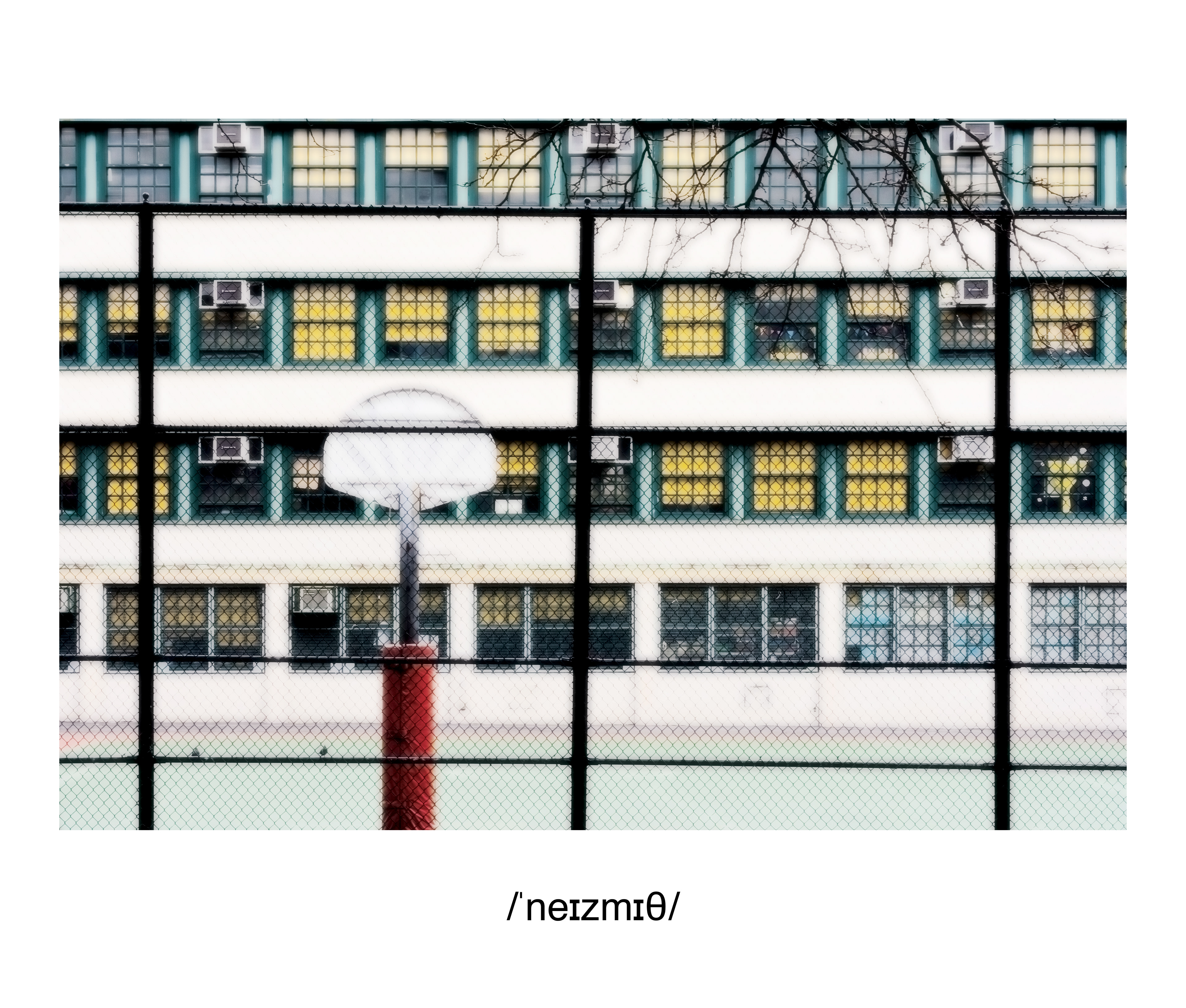
Naismith, New York, New York 2018 Archival D-Prints, printed 2020, Edition of 5
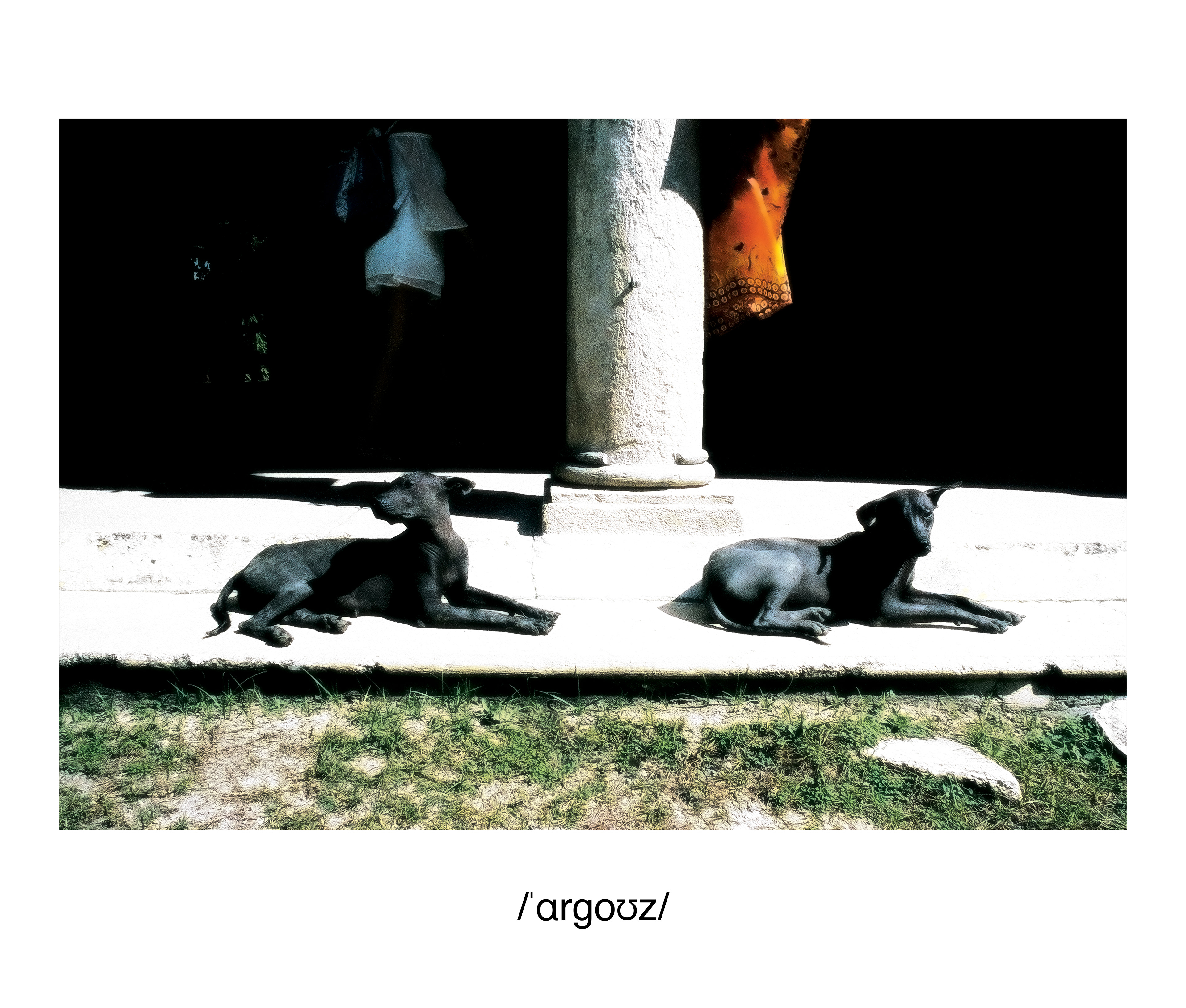
Argos, Cozumel, Mexico 2018 Archival D-Prints, printed 2020, Edition of 5
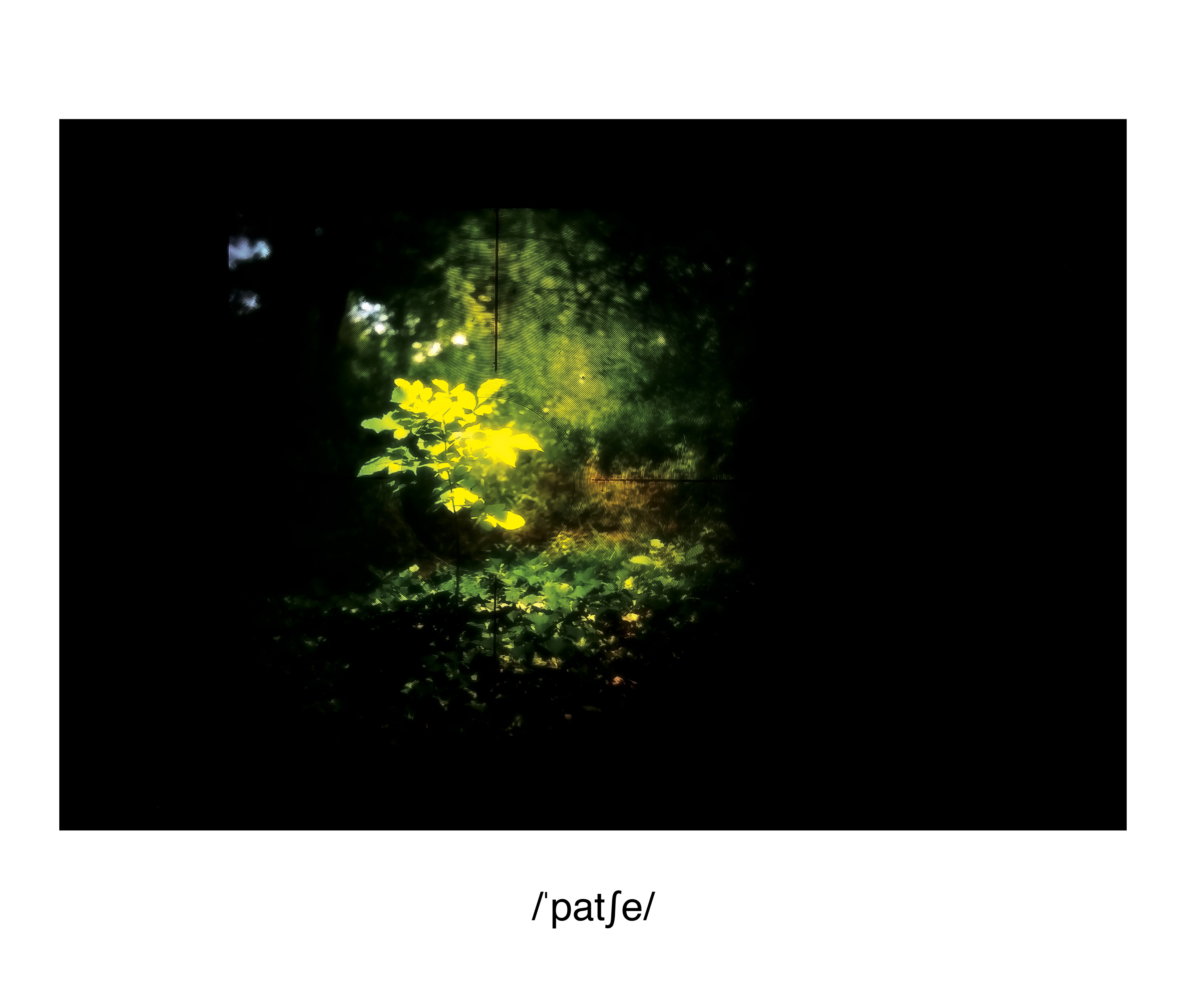
Pace, New York, New York 2019 Archival D-Prints, printed 2020, Edition of 5
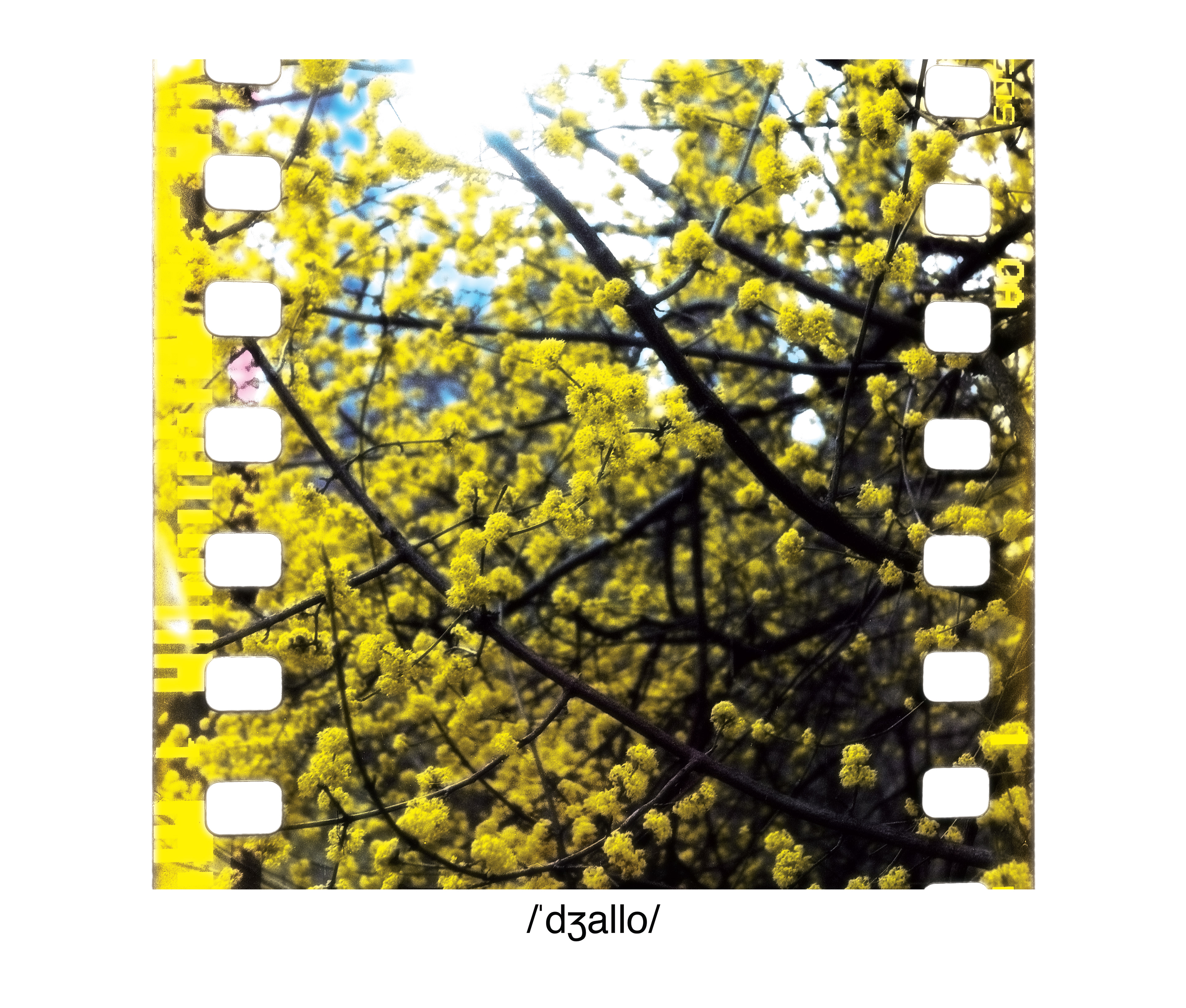
Giallo, New York, New York 2018 Archival D-Prints, printed 2020, Edition of 5
This exhibition engages in a discourse on the written pronunciation of words, as distinct and mellifluous sounds, disassociated from their true meanings while highlighting the absurdity that is trying to record a sound with letters and symbols.
By imprinting a phonetic visual representation of a specific sound (word) underneath a photographic image, it encourages a caption-like relationship based on the placement and vicinity. The text element normally describes the pictorial one, however in this case it is reversed.
Spoken words are just ideas articulated audibly. Written words, and more so their phonetic pronunciations, are just sounds illustrated visually.
pho·net·ic
/fəˈnedik/
Phonetics (of a system of writing) having a direct correspondence between symbols and sounds.
When looking at phonetics, few of the symbols are common. They serve a singular purpose to explain how a specific set of sounds should be executed to impart information. We see visual clutter obfuscating what is a commonplace collection of letter glyphs. This creates a disconnect between what something meant and the practical application of how it should ‘look’ as it sounds.
Strictly speaking, a written pronunciation is an in-between layer somewhere in between the normal transfer of information in written form, and the spoken word (sound) which acts as a signifier which carries the concept [simple or complex] and all of its weight.
I create an analogous method for that “in between space” in my visual representation of the world. A camera is a perfect mirror machine capable of precision record making. The goal being to find an uncomfortable middle space by physically opening up an image. The photographs themselves are subjected to a method of stripping two types of visual information sets from their traditional state of entanglement, adding a distance between them, but still encouraging them to interact. This is a parallel to the pronunciation separation from written and spoken “word.”
These images are printed on different substrates, an opaque bottom layer carrying soft but tonally vibrant information, and a transparent top layer carrying the harsher value shift/contrast information. The image represents an idea or location, or feeling, that is attached to a word, which in turn is attached simultaneously to both a written (visual rep.) and spoken (auditory rep.). The written pronunciation bridges that space, because it is one method trying to describe the other but in its own terms-(entertain this thought experiment: ‘how does the color blue sound?, what about yellow?’)
When viewed from the correct angle, the color information that sits beneath the surface, and the value information resting on top are pulled together to recombine into one coherent thought. The underliniating pronunciation bridges the grey zone in between two types of sensory inputs (sound and sight), the visual register mirrors that.
Two parts to the whole, and finding that space on the threshold of both but not really found fully in either. The skin of these visual sounds (words) veils the images that are the flesh buried beneath them. The relationship between the two lies somewhere in-between the lost meaning of the visual register of a sound as it relates to an accurate visual record of a moment. A balance between the extreme representation of finite. And in-finite.
You cannot really solve a riddle, if the answer is undefined.